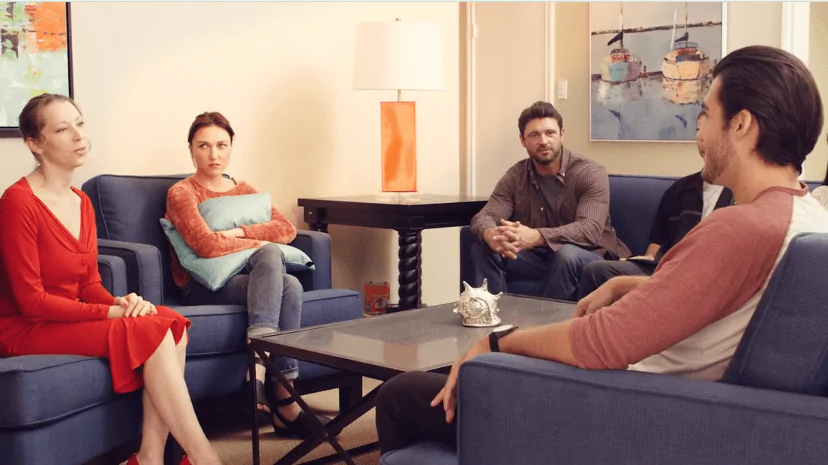24/7 Helpline:
(866) 899-221924/7 Helpline:
(866) 899-2219
Learn more about Residential Rehab centers in Bigfoot
Residential Rehab in Other Cities

Other Insurance Options

ComPsych

Carleon

Health Choice

Premera
Beacon

Horizon Healthcare Service

Lucent

Oxford

Magellan Health

UMR

BlueShield

Aetna

Highmark

Providence

Health Partners

WellPoint

Sliding scale payment assistance

Covered California

Health Net

Optum














